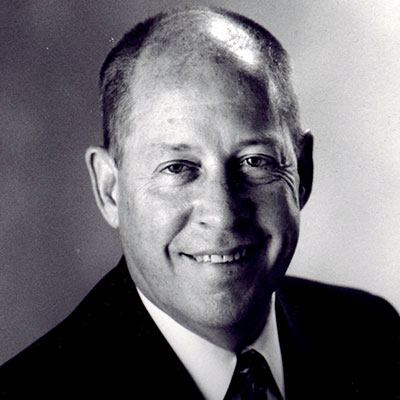Overcoming a Hurdle With Public Property Records
Case: Baker v. Motorola Inc., No. CV92-02603 (Super. Ct. Maricopa Co., Ariz.).
Defense Attorneys: Mr. Johnson was joined by Helen E. Witt, Thomas E. Dutton, Allen Woolley and Terrence J. Dee of the Chicago office, and Susan M. O'Sullivan McGuire of the Washington, D.C., office, of Kirkland & Ellis.
Jury Verdict: On May 22, after a four-month trial, jurors rejected the plaintiffs' demand for $270 million in actual damages, plus punitives, despite charges that a Motorola Inc. plant in south Scottsdale, Ariz., had during the 1980s let a toxic solvent used in manufacturing electronic parts seep into the city's nearby underground wells, thereby severely lowering property values.
Claim: The class action began in 1992 when more than 20,000 residents and 1,500 commercial building owners sued Motorola and others. According to the class action, not only were property values depressed by the contaminated water, but hundreds of residents also needed ongoing monitoring for potential health problems. Before trial, every corporate and municipal defendant except Motorola settled for an estimated total of $40 million. While the property-damage claims relating to Motorola's south Scottsdale plant have now been resolved in the company's favor, the medical monitoring claims are expected to be tried separately later this year.
Claim: The class action began in 1992 when more than 20,000 residents and 1,500 commercial building owners sued Motorola and others. According to the class action, not only were property values depressed by the contaminated water, but hundreds of residents also needed ongoing monitoring for potential health problems. Before trial, every corporate and municipal defendant except Motorola settled for an estimated total of $40 million. While the property-damage claims relating to Motorola's south Scottsdale plant have now been resolved in the company's favor, the medical monitoring claims are expected to be tried separately later this year.
What was at stake? Motorola concedes that from 1957 to 1975 it used the degreasing agent trichlorethylene (TCE) to clean electronic parts made in its Scottsdale plant and that a significant amount of TCE had been dumped into the area around its facility and had contaminated groundwater aquifers used by residential and commercial wells. The area was identified as a Superfund site in 1983 and Motorola began paying to remove the TCE from the topsoil, although the wells would remain contaminated for years.
But Motorola contended that it had not been negligent in its use or disposal of TCE because it had always acted consistently with the best practices available. "Unlike our co-defendants," Mr. Johnson says, "we simply did not feel the...economics of settling the case out of court added up."
Most difficult hurdle? "Everyone's gut reaction," Mr. Johnson recalls, "was that the jury would assume that properties under a plume of chemicals would be worth less than similar properties that were not." The challenge in this case, he says, was to convince the jurors that "contrary to their knee-jerk reaction, transactional evidence would show there was not diminution of property values."
Defense response? Defense experts developed a comprehensive property database using deeds from the local recorder's office that, Mr. Johnson says, provided "more reliable" property valuation. Those public records, he explains, contained sales and price information for the last 25 years. Comparisons with property values in other parts of Scottsdale showed that TCE contamination had no negative effect on south Scottsdale property values.
Key to victory? Jury forewoman Kristin Marshall, a recruiting coordinator at Intel Corp., says that she and the other jurors "could not visualize" that the affluent, single-family ranch homes in south Scottsdale, surrounded by fertile palm trees and other desert greenery, was a depressed "toxic waste dump," as plaintiffs claimed. The key witnesses for the defense included Phoenix's Gerald Zaddack and Paul Johnson, consulting appraisers who built the computerized data base that helped vindicate Motorola. Also helping jurors understand those materials was Louis Wildey, an economist with Los Angeles' Charles Rivers & Associates.
This article is reprinted with permission from the June 25, 2001 edition of The National Law Journal. Ac 2001 NLP IP Company.


